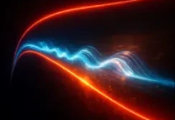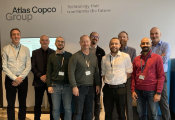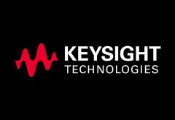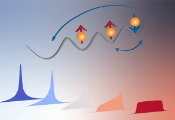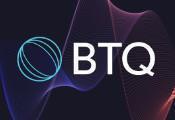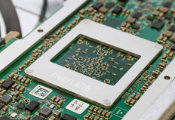Riverlane Awarded DARPA Quantum Benchmarking Program Grant
Riverlane has been selected for Phase 2 of the Quantum Benchmarking program funded by the Defense Advanced Research Projects Agency (DARPA).
The aim of the DARPA Quantum Benchmarking program is to design key quantum computing metrics for practically relevant problems and estimate the required quantum and classical resources needed to reach critical performance thresholds.
Steve Brierley, CEO and Founder of Riverlane, said: “Riverlane’s mission is to make quantum computing useful sooner, starting an era of human progress as significant as the industrial and digital revolutions. The DARPA Quantum Benchmarking program aligns with this goal, helping the quantum community measure progress and maintain momentum as we unlock quantum error correction and enable fault tolerance.”
Fault tolerance is increasingly seen as a requirement for reaching useful quantum advantage. To achieve this, the errors that quantum bits (qubits) are prone to must be corrected. Simply put, quantum error correction is the enabling technology for fault tolerance.
Hardware companies, academic groups and national labs have demonstrated significant progress with small quantum error-corrected systems, but there remain many challenges for controlling fault-tolerant devices at scale.
In the DARPA Quantum Benchmarking project, Riverlane is working with top tier universities such as the University of Southern California and the University of Sydney as well as national laboratories such as Los Alamos National Laboratory (LANL) to identify important benchmarks for practical problems especially in the fields of plasma physics, fluid dynamics, condensed matter and high energy physics. The team is building tools to estimate the quantum and classical resources needed to implement quantum algorithms to solve the benchmark problems at scale.
Hari Krovi, Principal Quantum Scientist at Riverlane, explained: “Fault tolerance will result in significant overheads, both in terms of qubit count and calculation time and it is important to take this into consideration when comparing to classical techniques. It has been known for some time that mild speed-ups such as a quadratic speed-up can disappear when the fault tolerance overhead is considered. There are many different approaches to fault tolerance to consider and each one leads to overheads that can vary by many orders of magnitude.”
Krovi added: “The choice of the quantum code to help identify and correct errors in the system can lead to different overheads. The Surface Code is well-developed, and the team is focussing on estimates based on this approach.”
The work being done in this program provides a quantitative understanding of practical quantum advantage and can inform whether and how disruptive quantum computing is in various fields.



